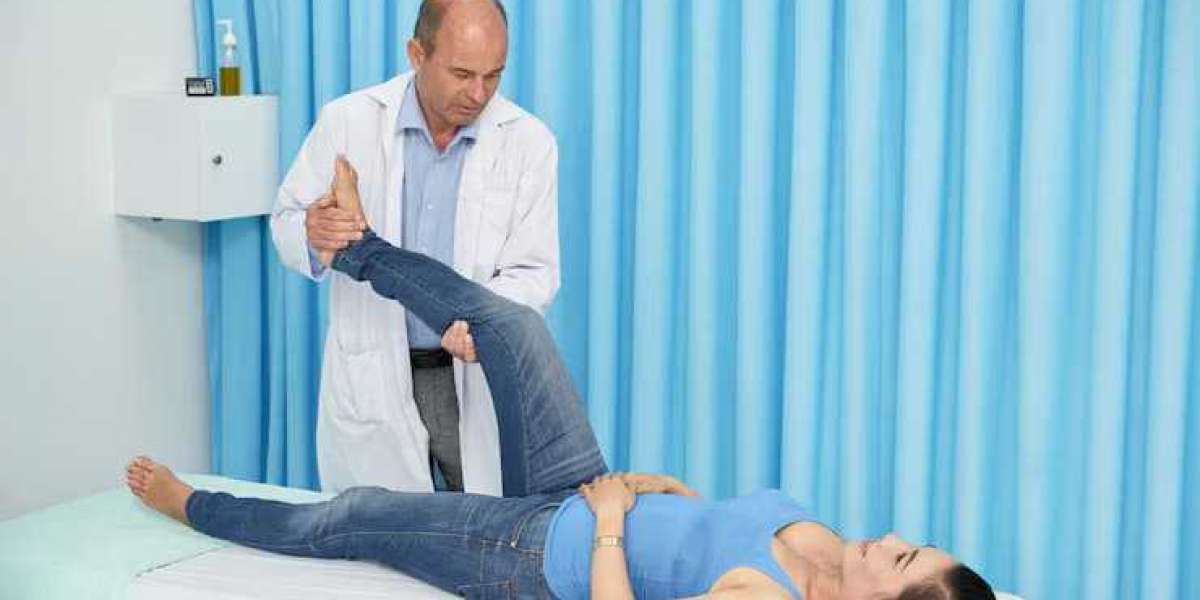Leg pain is a prevalent issue that affects individuals of all ages and lifestyles. It manifests in various forms—ranging from dull aches to sharp, stabbing sensations—and can arise from multiple causes, including injuries, overuse, or chronic conditions. Understanding the root cause of leg pain is essential for effective treatment, and seeking the right care can lead to fast and lasting relief. This article delves into various aspects of leg pain treatment, exploring effective strategies that can help individuals reclaim their mobility and improve their quality of life.
Understanding Leg Pain: Causes and Symptoms
Leg pain is not merely a symptom; it can be a reflection of underlying health issues. Common causes include muscle strains, ligament sprains, tendonitis, and conditions such as arthritis or sciatica. Each of these conditions presents distinct symptoms. For instance, muscle strains may cause localized pain and swelling, while conditions like sciatica might lead to pain radiating from the lower back down the leg.
In some cases, leg pain may be accompanied by other symptoms such as numbness, tingling, or weakness. These accompanying symptoms can provide crucial clues for healthcare providers to determine the underlying cause of discomfort. It is imperative to monitor the characteristics of the pain—its intensity, duration, frequency, and any triggers—so that appropriate treatment can be administered.
The Importance of a Proper Diagnosis
Before embarking on a treatment plan, obtaining a proper diagnosis is crucial. A healthcare professional will often begin with a comprehensive physical examination, which may include assessments of the range of motion, strength, and reflexes in the legs. Imaging tests such as X-rays, MRIs, or ultrasounds may be warranted to visualize the internal structures of the leg and detect any abnormalities.
This diagnostic process is paramount, as it allows for a tailored treatment approach. For example, if the leg pain is determined to be caused by a specific injury, the treatment plan will differ significantly from that for chronic conditions like arthritis. Understanding the precise nature of the pain is the first step towards effective management.
Exploring Treatment Options for Leg Pain
Once a diagnosis is established, a multifaceted treatment strategy can be developed. This strategy may incorporate various therapeutic approaches, including physical therapy, medication, and lifestyle modifications.
Physical Therapy: A Cornerstone of Rehabilitation
Physical therapy plays a pivotal role in leg pain treatment. Tailored exercise programs can help to strengthen the muscles surrounding the affected area, improve flexibility, and enhance overall mobility. A licensed physical therapist will design an individualized regimen that considers the patient's specific diagnosis, fitness level, and personal goals.
Therapeutic exercises may include stretching routines that promote flexibility, strength-building exercises that enhance muscle support, and cardiovascular activities that improve circulation. Additionally, modalities such as ultrasound therapy, electrical stimulation, or heat and cold therapy may be used to alleviate pain and facilitate healing.
Medications: Pain Management and Inflammation Control
In many cases, over-the-counter medications such as nonsteroidal anti-inflammatory drugs (NSAIDs) can provide relief from leg pain. These medications help reduce inflammation and alleviate discomfort, allowing individuals to engage more freely in daily activities. For more severe pain, healthcare providers may prescribe stronger pain relief options, including corticosteroids or muscle relaxants.
However, medication should be viewed as a component of a broader treatment strategy. Relying solely on pharmacological solutions may not address the underlying issues causing leg pain. It is essential to combine medication with physical therapy and lifestyle changes for optimal results.
Lifestyle Modifications: Empowering Long-Term Relief
In addition to professional treatment, individuals can take proactive steps to manage and alleviate leg pain through lifestyle modifications. Regular low-impact exercises, such as walking, swimming, or cycling, can help maintain leg strength and improve circulation. Weight management is also critical, as excess weight places additional stress on the legs and joints, potentially exacerbating pain.
Moreover, proper footwear plays an often-overlooked role in leg health. Wearing supportive shoes that provide adequate cushioning and alignment can significantly impact leg pain, especially for those who spend long hours on their feet. Incorporating proper stretching routines before and after physical activity can also help prevent injuries and promote flexibility.
The Role of Alternative Therapies
Beyond traditional treatment modalities, many individuals find relief through alternative therapies. Acupuncture, for example, has gained popularity as a complementary approach to pain management. This ancient practice involves inserting thin needles into specific points on the body to alleviate pain and promote healing.
Massage therapy is another alternative that can provide significant relief from leg pain. A skilled massage therapist can target tight muscles, reduce tension, and enhance circulation, leading to improved comfort and relaxation. While these therapies may not replace conventional treatments, they can serve as effective adjuncts, helping individuals manage their leg pain more holistically.
The Importance of Consistency and Patience
When it comes to leg pain treatment, consistency and patience are paramount. Many individuals may experience frustration when they do not see immediate results. It is essential to understand that healing takes time, and progress may be gradual. By adhering to the prescribed treatment plan—whether it involves physical therapy, medication, or lifestyle changes—individuals can foster a positive environment for recovery.
Engaging in open communication with healthcare providers is also vital. Patients should feel empowered to discuss their progress, any challenges they encounter, and adjustments that may be needed in their treatment plans. This collaborative approach can help ensure that the treatment remains effective and responsive to the patient's evolving needs.
Conclusion: Taking the First Step Towards Relief
Fast and lasting relief from leg pain begins with a commitment to proper care and a comprehensive treatment strategy. By understanding the causes of leg pain, seeking a proper diagnosis, and exploring a variety of treatment options—including physical therapy, medication, and lifestyle modifications—individuals can take significant strides toward reclaiming their mobility and improving their quality of life.
If you or someone you know is struggling with leg pain and seeking effective treatment, consider reaching out to Nuro Chiropractic PLLC. With a dedicated team committed to providing personalized care, they can help guide you on your journey to recovery. Take the first step towards a pain-free life today!







